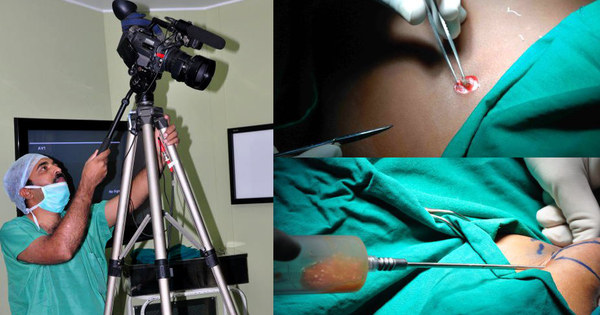As reported, there is enhanced financial investment in clinical supply companies as a result of the COVID-19 pandemic. Disturbance and innovation megatrends are sustaining developments in imaging and medical camera innovations as well as systems. Specifically, the future of the clinical camera market looks encouraging with opportunities in hospitals, specialized centers, diagnostic facilities, as well as ambulatory clinics. Information suggests that amid the pandemic, the worldwide market growth for clinical cams is now approximated at $3B and projected to increase to $5B by 2027.
Especially, the surgical-camera-system sector is projected to boost at 7.7% compound growth annually for the next 7-year period. The major development drivers for this market are the enhancing number of surgical procedures that utilize clinical cams, rising R&D expense, and technical advancements in medical cams.
To know about KARL STORZ monitors, please visit the link.
There has been “considerable development” in the endoscopy sector due to a number of aspects:
- Climbing demand for minimally invasive surgeries
- Increasing frequency of conditions such as cancer, arthritis, as well as cardiovascular diseases
- A wide spectrum of use for the GI tract, the breathing system, as well as various other procedures such as laparoscopy, cystoscopy, arthroscopy, obstetrics, laryngoscopy, bronchoscopy, mediastinoscopy, assessment of dental restorations, as well as other professional applications
Technology-wise, digital imaging, 2D or 3D, has the largest market share, with the benefits of instantaneous examination of the images without any film purchase as well as advancement costs. Today’s biomedical research also relies upon electronic images and video clips from medical electronic cameras to aesthetically document clinical studies as well as microscopy findings.
Bottom Line
Growing investment in clinical video camera technology, as well as enhancing market demands will continue to fuel technology. Economical micro-camera technology is already satisfying arising demands, such as for single-use/disposable endoscopes and minimally intrusive tools with premium visualization capacities. Breakthroughs in medical machine vision will continue to improve medical picture analysis. Such advancements will assist make diagnosis faster, more accurate, and surgical procedures more specific as well as less intrusive.

